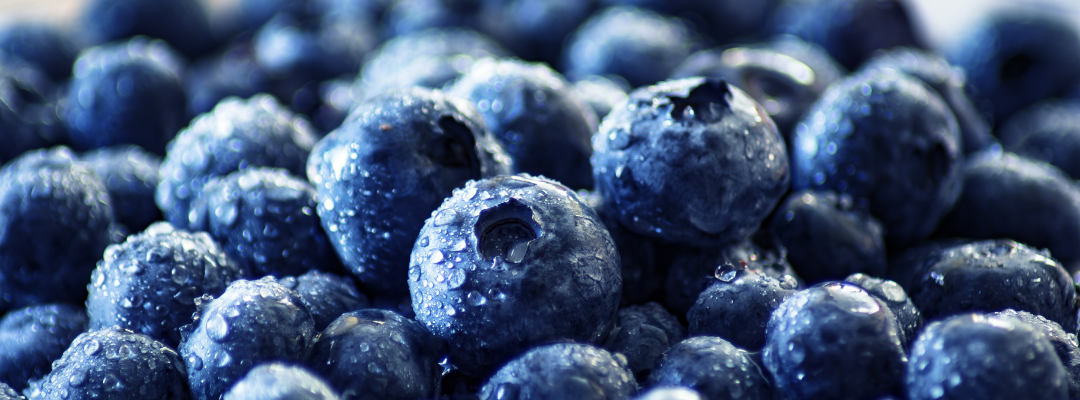Annual harvested U.S. blueberry acreage has increased from 40,820 to 91,400 from 2000 to 2020 (Figure 1). In this same period, average blueberry yields increased from 4,480 to 6,630 pounds per acre, and the value of utilized production jumped from $177.8M to $904.8M. Georgia, North Carolina, and Florida were among the top eight producing states, with 21,700, 7,500, and 5,200 acres harvested, respectively, representing 30% of all U.S. blueberry acreage in 2019. Most of these Southeastern-grown blueberries are sold to the fresh market during the early season window of March through June. The 2019 average farm gate value for these three states was $256.2M, or 28.2% of the overall U.S. average farm gate value for cultivated fresh and frozen blueberries. While yields are relatively lower compared to northern growing states, ranging from 4,160 to 4,740 pounds per acre, grower prices are relatively higher, from $2.64/lb. in Florida to $1.42/lb. in Georgia.
As evidenced by the improved U.S. demand for blueberries, coordinated research and promotion efforts have proven successful drivers of industry profitability. Growers are encouraged to inform production decisions based on historical market trends and current price movements, with the goals of producing to market specifications and building in swift targeted responses to anticipated consumer demand shifts. Produce buyers possess the market side data metrics and timely analytics while growers are capable of manipulating inputs and varietal choices. Adopting a grow-on-demand approach built on shared data analysis between producers and retailers may allow the industry to capture added revenues and provide higher quality fresh berries to consumers.

Morgan, Kimberly L. . “Market Trends for U.S. Blueberry: Implications for Southeastern U.S. Producers“. Southern Ag Today 2(13.5). March 25, 2022. Permalink

